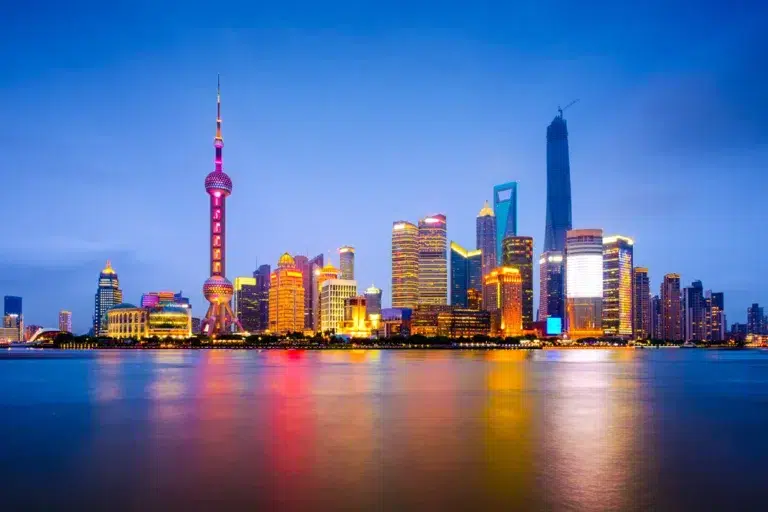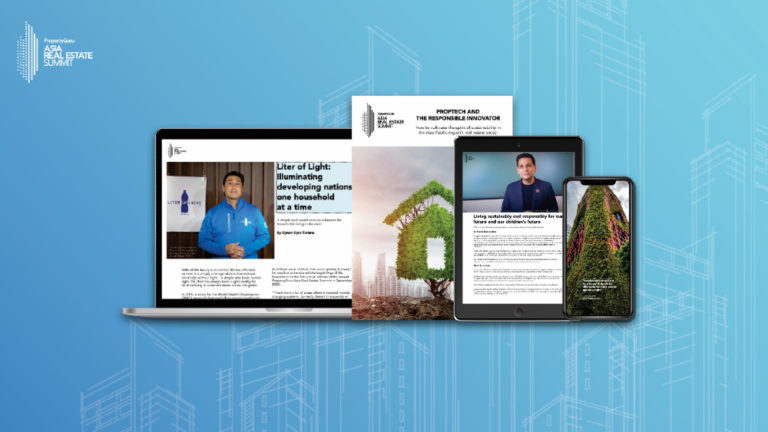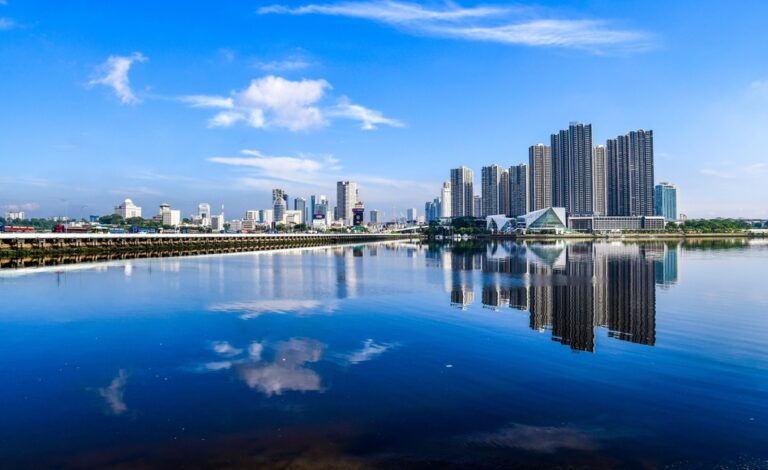Transforming cities with smart infrastructure and sustainable urban planning
Governments around Asia are spending billions to fuel infrastructure development to boost real estate and stimulate economic growth
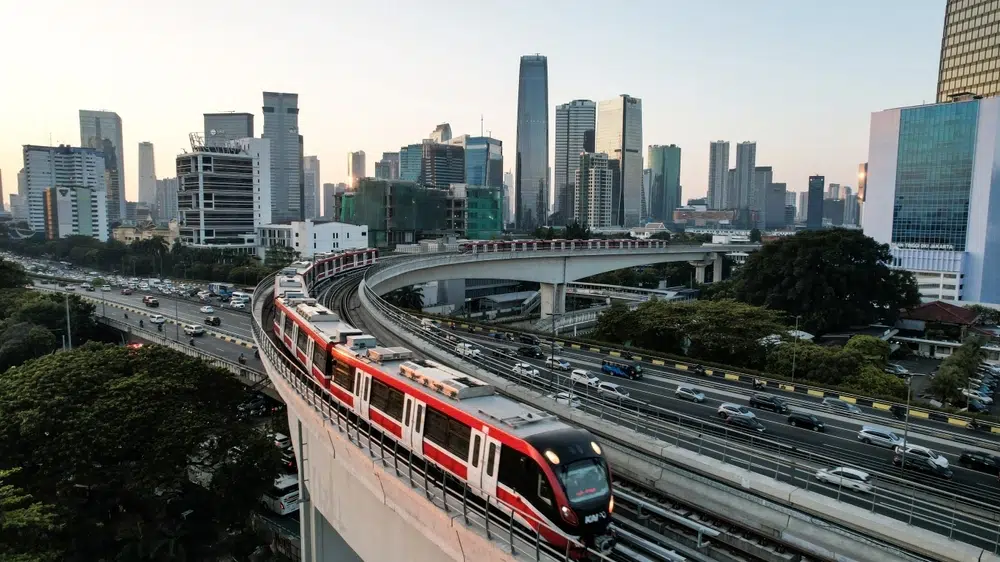
Every morning, Rahmat Suryadi, a graphic designer in Jakarta, endured a gruelling three-hour commute from his home in Bekasi to his office in the city centre. The relentless traffic drained his energy and left him with little home life.
He recalls how the daily grind took its toll: “I’d come home exhausted, missing dinner and time with my kids.”
But in August 2023, everything changed with the launch of the Indonesian capital’s new Light Rail Transit (LRT) system, a project aimed at easing the city’s notorious traffic congestion. Rahmat’s twice-daily ordeal was transformed into a smooth 45-minute train ride.
“The LRT has been a lifesaver. I arrive at work energised and make it home in time to see my kids before bed,” he adds.
The 41.2-kilometre driverless LRT connects central Jakarta to satellite cities like Bekasi and Depok, supporting Indonesia’s goal to reduce road traffic by 20 percent. Beyond cutting commute times, it has increased property values around transit hubs, with some areas seeing a 15 percent rise since the LRT’s launch, according to analysts.
Jakarta’s push for improved connectivity reflects a broader Asian infrastructure boom, with governments investing billions to stimulate economic growth. The Asian Development Bank estimates that the region will require USD1.7 trillion annually until 2030 to meet infrastructure demands.
“This surge in infrastructure is reshaping how cities function, with significant impacts on housing markets. Infrastructure is the backbone of connectivity,” says Christine Li, head of research for Asia Pacific at Knight Frank. “Projects that enhance connectivity positively impact residential demand for both sales and rentals.”
Rahmat’s experience highlights how expanding transit lines can drastically reduce commute times, but the benefits extend beyond transportation. In Hanoi, the city’s first metro line, particularly the Cat Linh-Ha Dong line, has also spurred growth in housing markets. During its trial operations 2018, apartment prices in nearby areas rose by 33 percent, according to Century 21. This trend continued after the line became fully operational in 2021, with property values increasing by more than 55 percent.
Similarly, Bangkok’s expanding transit network is transforming suburban areas, improving accessibility to the city centre and driving a surge in housing developments.
In 2023 and 2024, the suburban property market experienced a notable increase in project launches, fuelled by ongoing expansions of mass transit lines like the Pink, Yellow, and Orange lines. By Q3 2023, 80 percent of newly completed condominium units were in midtown and suburban areas.
Infrastructure is the backbone of connectivity. Projects that enhance connectivity positively impact residential demand for both sales and rentals
In Singapore, transit expansions are also transforming housing markets. “Transit line expansions will reduce the ‘lottery effect’, granting broader access to prime public housing and easing price pressures on resale HDBs (Housing Development Board flats) in core districts,” explains Kristin Thorsteins, managing partner at Portman Investment and chairperson of the PropertyGuru Asia Property Awards (Singapore) judging panel.
Much like expanding transit lines, airports are turning underdeveloped regions into thriving economic hubs across Asia.

“Airports are no longer just magnets for luxury projects; they’re driving broader economic growth by improving accessibility and attracting a wider range of businesses,” says Thorsteins. These developments are raising property values, creating jobs, and boosting demand for housing.
Vietnam’s USD14.5 billion Long Thanh International Airport is expected to significantly increase property values in nearby areas by 2025, turning the region into a major real estate hub. Similarly, the New Manila International Airport in the Philippines, set to handle 100 million passengers annually, is spurring real estate growth in Bulacan and Greater Manila as improved connectivity attracts businesses and residents.
India’s Navi Mumbai International Airport has already driven up property values by as much as 20 percent in nearby areas like Ulwe and Panvel. Meanwhile, Phnom Penh’s new international airport is positioning Cambodia’s capital as a regional business hub, fuelling demand for housing, retail, and mixed-use developments.
While many cities are benefitting from unrestrained growth, Singapore presents a more complex case. Changi Airport’s Terminal 5 expansion will reinforce its status as a global aviation hub, but strict regulations have tempered the real estate market, particularly in the luxury segment.
Thorsteins explains that, while enhanced accessibility appeals to international buyers and high-net-worth individuals, “the ‘mother of all cooling measures’—a 60 percent stamp duty on most foreign buyers—has sharply curtailed demand for luxury property.”
As airports and transit lines upgrade existing neighbourhoods, Asia is also embracing a more ambitious strategy: purpose-built cities. These new urban centres are designed to alleviate congestion in major metropolitan areas by redistributing populations to strategically located hubs. Sustainability and smart technologies are central to their development, as these cities aim to serve as models for efficient, eco-friendly urban living.
One significant example is Indonesia’s new capital, Nusantara, currently under construction on the island of Borneo. Created to relieve Jakarta’s overpopulation and environmental challenges, Nusantara emphasises green technologies and smart infrastructure. The city will incorporate advanced systems to manage traffic, energy consumption, and public services, positioning itself as a showcase for sustainability-focused urban planning.
China’s Greater Bay Area (GBA) initiative exemplifies forwardthinking urban development. Connecting Hong Kong, Macau, and nine cities in Guangdong Province, the GBA’s extensive network of high-speed rail, bridges, and pro-growth policies redistributes population and talent across this vast urban cluster. The initiative fuels demand for residential and commercial real estate, positioning the region as a global innovation hub.
“The Greater Bay Area continues to see strong demand for housing from both domestic and cross-border buyers,” says Li. “The region’s rapid urbanisation and ambition to become a global innovation hub have spurred the development of high-quality residential projects.”
Not all purpose-built cities have succeeded. Iskandar Malaysia, launched in 2006, aimed to attract investment across real estate, education, healthcare, tourism, and manufacturing. Major infrastructure projects, including new transport links to nearby Singapore, were intended to support this urbanisation push.

Elsewhere in Asia, infrastructure initiatives like China’s Belt and Road Initiative (BRI) have had a more immediate impact. The BRI has revitalised second-tier cities by enhancing connectivity and driving rapid urbanisation. James Woo, executive director and co-head of valuation for China valuation and advisory services at Colliers, explains how the BRI has introduced comprehensive strategies, combining funding and technology, to transform these cities into economic hubs.
“The development of Chinese cities connected to the BRI has entered a mature stage, creating significant demand for residential and logistics facilities,” he says.
As Asia’s infrastructure revolution advances, sustainability challenges are becoming more pronounced. Large-scale projects, particularly those under initiatives like the BRI, come with substantial environmental costs.
“Large infrastructure projects have enormous environmental footprints,” Thorsteins says. “Until we link ESG impact demand for residential and logistics facilities, but cities connected by new infrastructure still struggle with environmental degradation, urban sprawl, and social equity issues. Rapid growth cannot come at the expense of sustainability.”
Achieving this balance is essential not just for creating thriving economic hubs but for fostering resilient, inclusive cities that are built to serve their communities and withstand future challenges. Without sustainability at the core of these developments, their long-term benefits could be undermined. For millions like Rahmat, the rewards of well-planned infrastructure are already apparent— his future, like his daily commute, now arrives faster, greener, and with a vastly improved quality of life.
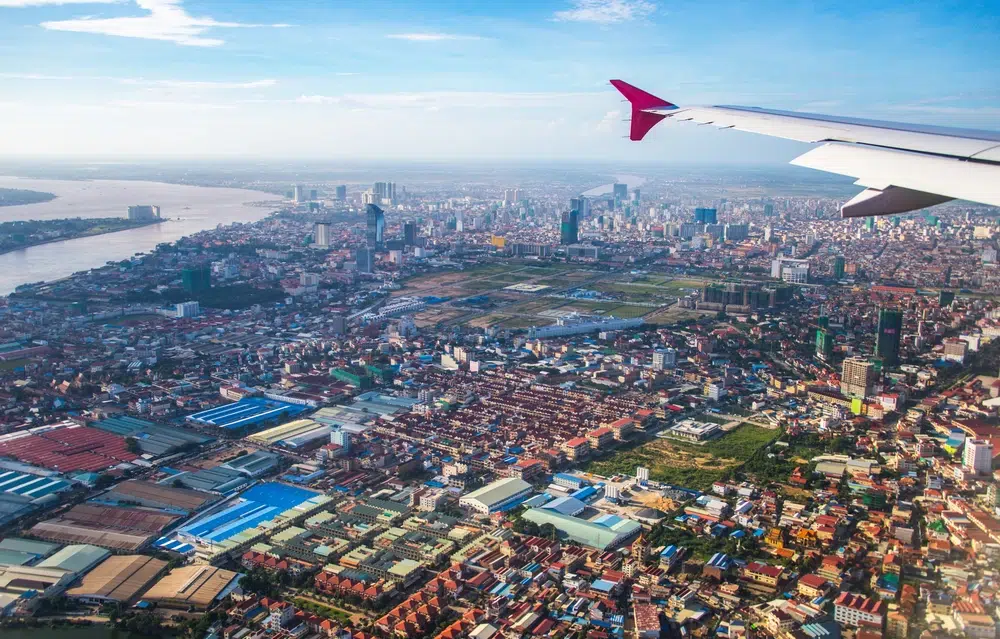
The original version of this article appeared in PropertyGuru Property Report Magazine Issue No. 187 on issuu and Magzter. Write to our editors at [email protected].
Recommended
Rethinking recovery in China’s property market amid excess stock
Concerns remain over surplus inventory built by troubled property developers as prices continue to fall across all but a handful of major cities
ARES White Paper Volume 3: The era of adaptive reinvention
Pioneering sustainable and innovative practices in urban development
ARES White Paper Volume 2: Unravelling the power of data revolution in real estate
Insights on proptech, smart cities, and sustainable development
ARES Digital White Paper Volume 1: The fundamentals of responsible building
Green and climate heroes join forces to discuss how Asia Pacific can weather the current environmental crises and the looming effects of climate change
